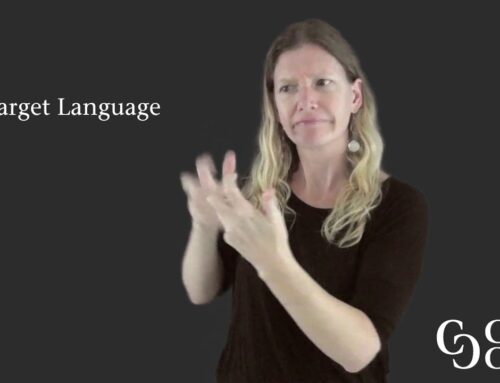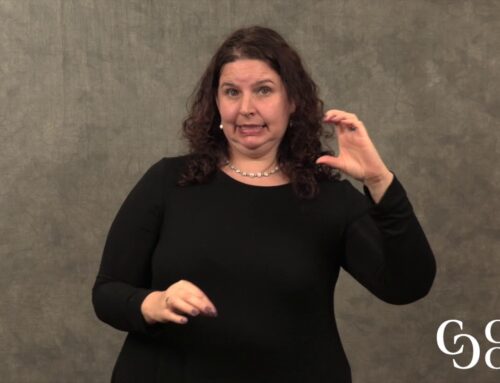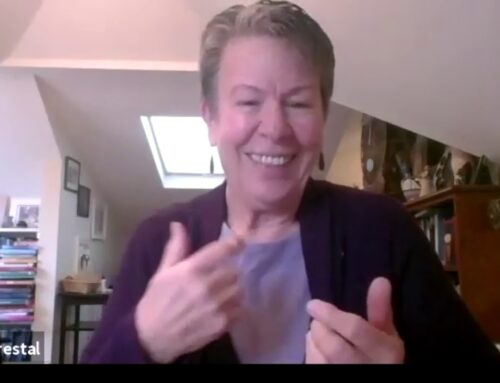 Developed by Mark Halley
Developed by Mark Halley
Competencies Addressed: ASL semantics
Time Required for Activity: 15 mins
Objective: To identify the ASL semantics of three signs and how they might influence interpreting work.
In this video, Dr. Byron Bridges discusses three ‘wrong’ ASL signs. He urges adults who work with deaf children to help ensure children do not use these signs.




